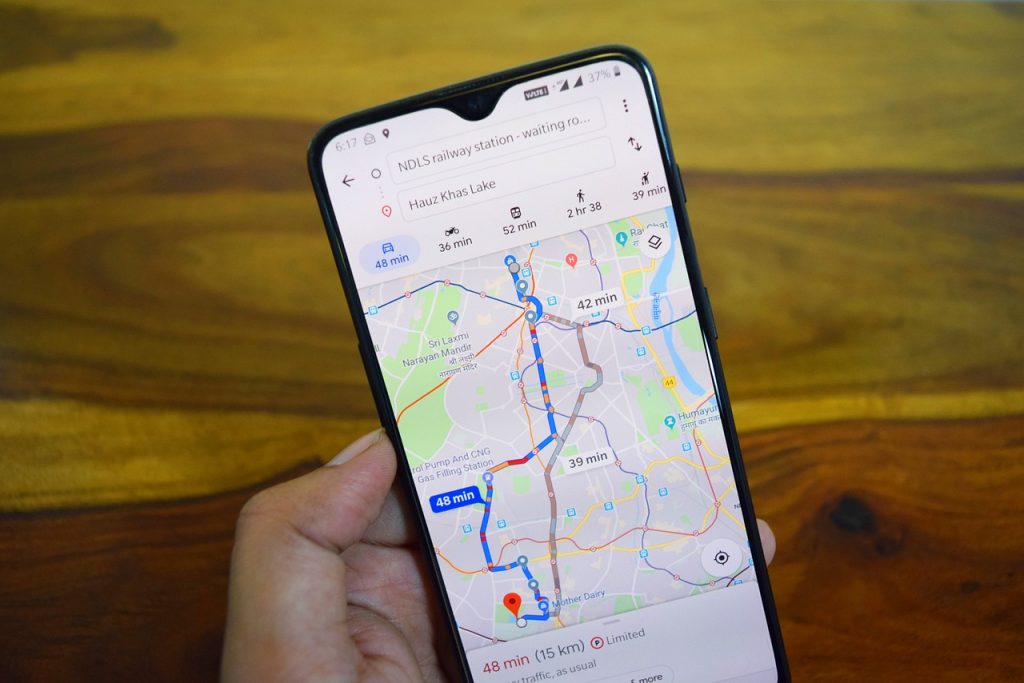Local SEO has a great potential for all types of businesses with a physical location, even for those without them. There is relatively less stiff competition, higher relevance, and visibility, and that’s because local SEO is separate from Google’s algorithm for a national search. And you can always get an upper hand if you decide to buy backlinks.
Add 3-pack listings to it and you have a great mix of online success. Having said that, most SEO tactics are devised for businesses with one physical location. What if there is more than one location?

Multiple locations logically mean you have more than one revenue stream. It’s also good for your brand recognition. Plus, the pool of customers will be bigger too. Anyhow, much of the power of local SEO is focused on connecting your business with one location.
You may be wondering about splitting your efforts. Well, that can be the case, but if you do it inefficiently, you’ll end up optimizing your locations weakly. On the other hand, if you focus on a single location, other locations will lose their visibility potential. That’s the real challenge for entrepreneurs.
You can always avail local SEO services of Webryze Toronto because the company has a highly skilled and knowledgeable workforce to meet your expectations. Anyhow, if you’re living elsewhere, here are some successful strategies for you:
Table of Contents
Local SEO Success Strategies for Businesses With Multiple Locations
1. Separate Landing Page for Every City Where You Operate

First and foremost, create a separate landing page for each location. It’s possible to create a new domain for each of your sub-locations, but this is inadvisable, as you’ll lose out on the cumulative authority you’ll gain from all of your sources.
For example, you could create a page for a specific city location, complete with location information and any specific unique features that this location.
2. Add City-Specific Content for Every City You Operate In
Don’t leave your landing pages as empty shells! Instead, write rich, descriptive content about the unique features each of your locations offers that particular area.
If you get hard-pressed, write about some of the features of the city, such as surrounding landmarks or things to do.
3. Multiple Social Media Pages
![]()
If you have more than 2 – 3 locations, you’ll want to split your social media profiles into individual locations. Create a designated contact for each location to manage their respective pages, and keep one “master” brand page to help people find the social media page most relevant to them.
This will help you connect more specifically with your target demographics, especially if your locations are around the country.
4. Be Tactful with Link Building
As long as all your locations are under the same domain, you’ll gain collective domain authority with any links you build.
However, remember that inbound links pass page authority as well as domain authority, and any links you have pointing to city-specific pages will help those individual pages rank higher. This is valuable if you want to promote one location more than another.
5. There Must be an Ongoing Blog for Each City/Location

Finally, you’ll want to produce ongoing content for each of your locations that’s specific to that city. For example, if you have locations in San Antonio and Kansas City, you could write a post about the “top attractions in San Antonio” one week, and “top attractions in Kansas City” the next week.
Rotate these geographic-centric terms in and out of your content strategy (always making sure they’re natural) to increase your relevance for each location.
With these strategies, you’ll be able to optimize your web presence for each of your physical locations without sacrificing your potential to rank for any other location. It requires a careful balance, and you may find yourself wanting to optimize for one location more than another.




